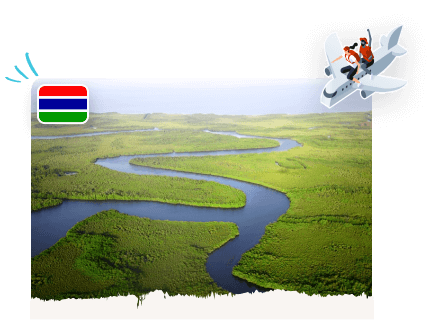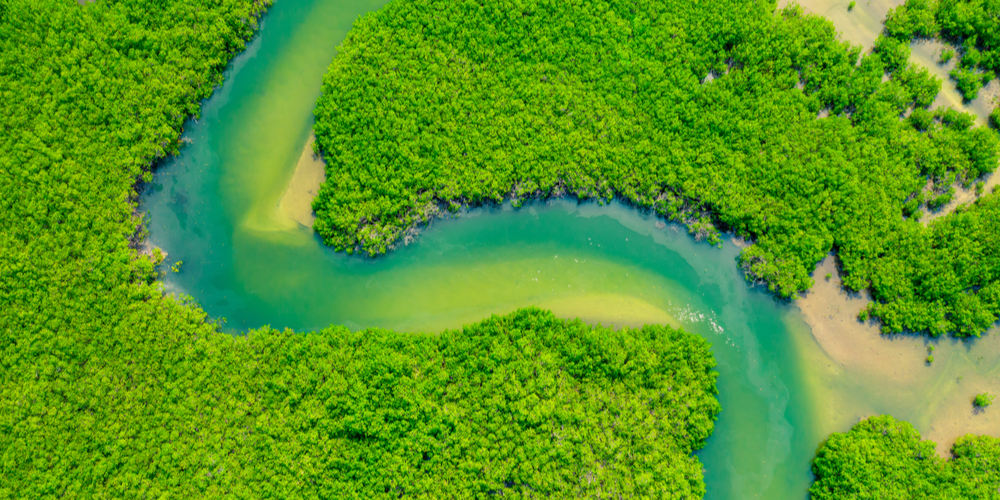
Today we are taking a magnificent travel to Gambia, but where is the Gambia even? The Gambia is a small West African country with a limited Atlantic coastline that Senegal borders. The Gambia is bordered on both sides by the lower sections of the Gambia River, which runs through the heart of the country and empties itself into the Atlantic Ocean. So, where is the Gambia? It covers an area of about 10,000 square kilometres. Also, very interestingly enough, the Gambia is the smallest non-island country in Africa, while on another side, it is also one of the most densely populated countries on the continent. Although there are a few towns upriver, most Gambians reside in rural communities. The Gambia shares historical roots with many other West African nations in the slave trade, which played a major role in the Portuguese's establishment and maintenance of a colony on the Gambia River.
The Gambia has a wet-and-dry tropical climate with an intense rainy season that lasts roughly from June to October and a longer dry season. The rainy season lasts longer along the coast, and rainfall is greater, with rainfall decreasing eastward. The Gambia's climate is quite similar to neighboring Senegal, southern Mali, and the northern part of Benin.
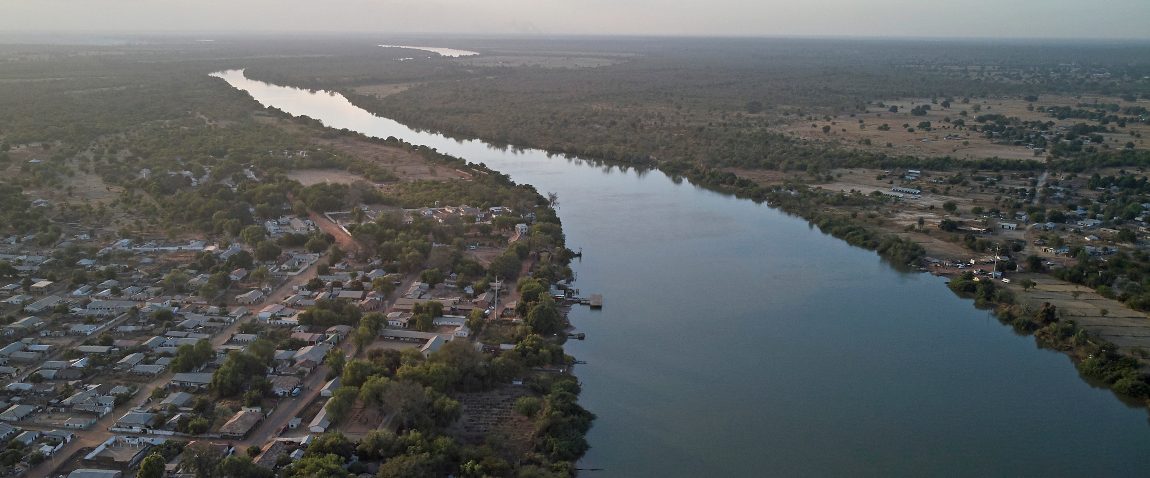
The Gambia is a nature lover's paradise, with abundant wildlife and an unspoiled environment. Make your back-to-nature vacation by taking a walk on the wild side. The Gambia offers an abundance of wildlife experiences, making it an ideal vacation spot for those seeking to reconnect with nature. The country is recognized for the Gambia River's varied habitats in the center. Monkeys, leopards, hippos, hyenas, and uncommon birds are among the abundant species in its Kiang West National Park and Bao Bolong Wetland Reserve.
One of the most beautiful places in the Gambia includes Abuko Nature Reserve. The Gambia's first reserve was established in the early twentieth century to safeguard a water gathering source for nearby people. It was officially established in the 1960s. This area, which is rich in Gambian wildlife, is now the country's most popular tourist destination, with over 33,000 tourists each year.
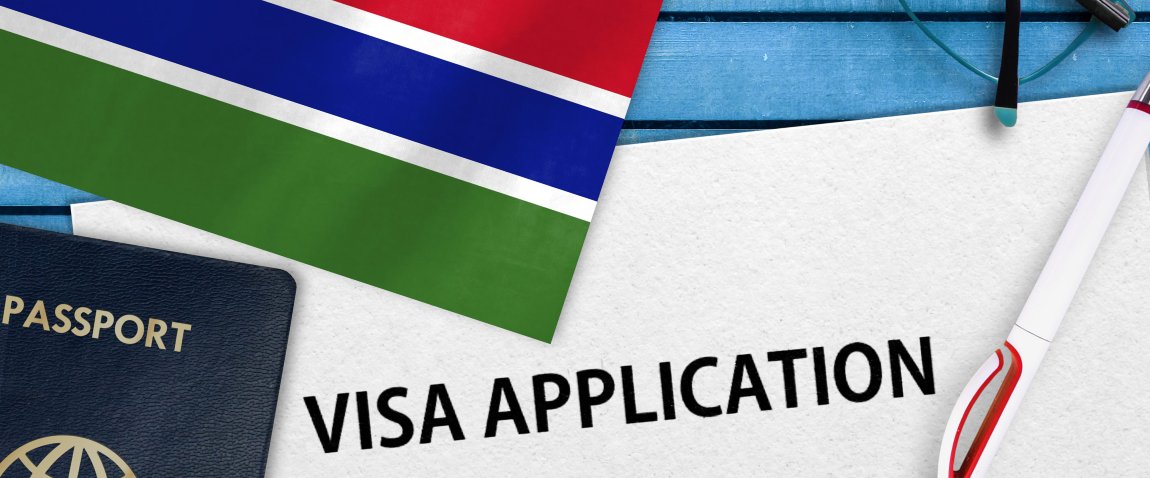
We could go on and on about the Gambia's charms, but there are a few things to think about before you book your trip, one of which is the Gambia visa. We understand how time-consuming applying for a visa can be, especially if you are the one planning a family holiday. There is no need to be concerned because our team of experts is always available to assist you with any questions or issues you may have during the Gambia visa application process. In any event, go to the "Services" section of the website and select your country of origin and destination if you want more information on visa requirements for your desired trip.
Overall, we can simply claim that the Gambia is the finest country to visit if you love nature. It has just the most colorful environment globally and gorgeous seasons that provide a wide range of outdoor activities.

But, as you can see from the title of our post, today's topic is a little different, and we will be talking about the best hiking trails in the Gambia. But what exactly does "hiking" imply? To put it another way, hiking is a long, strenuous walk through the countryside, usually on trails or pathways. Walking for enjoyment became fashionable in Europe throughout the seventeenth century. Now that we have learned a few things about the Gambia and have some hiking knowledge, we can start looking for hiking trails in Africa, in The Gambia.
But how to find hiking trails? These days, there are a variety of backpacking blogs, apps, and websites available on the internet. When combined with the numerous internet hiking forums, help is never more than a click or two away. On the other hand, what websites are the best for hiking trails and how to find hiking trails? AllTrails, a website and app for hiking is my personal favorite. AllTrails is a fitness and travel smartphone software that allows you to experience the great outdoors. AllTrails is used for hiking, mountain biking, climbing, and snow sports, which are all popular outdoor activities. The program gives users access to a trail map database with user-generated ratings and photos, making it much easier to allocate just the best hiking trails near me and around the world.
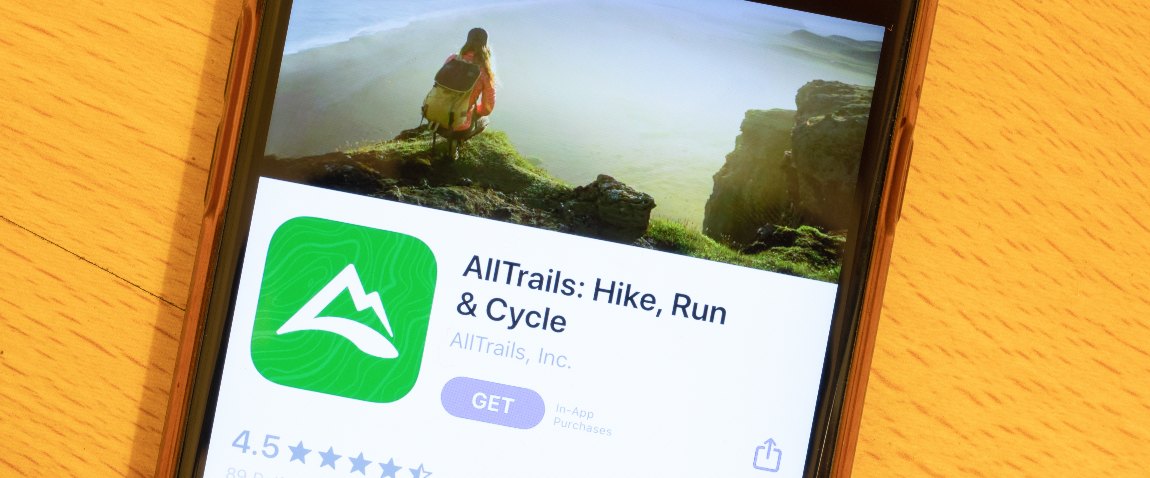
We would love to start with one of the best hiking trails in Africa, Bakau. Bakau is a town on Gambia's Atlantic coast, west of Banjul, the country's capital. It is notable for its floral gardens, Bakau Kachikally crocodile pool, and the beaches at Cape Point. Bakau's altitude above sea level, or meters above sea level (MASL), should be in the range of 26 meters. As a result, Bakau is an excellent trip destination for you and your companion if you wish to experience flat landscapes on your next trip.
The Gambia's Kunkilling Forest Park is one of the best hiking trails in the country. It was founded on January 1, 1954, and it now spans 142 hectares. The woodland park is located on the southern bank of the Gambia River in Kerr Serrekunda. The terrain elevation above sea level is estimated to be 6 meters. In recent years, a great example of riverine-type woodland has been designated as a conservation area. The region is ideal for bird watching, with red-necked falcons perched on palms and African finfoots scratching for food among the screw pine trees.
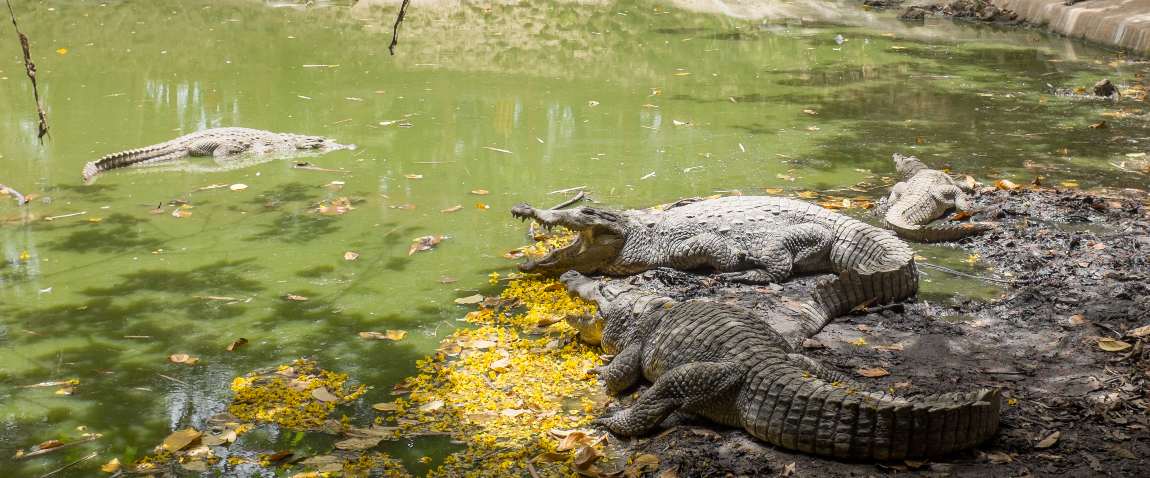
Abuko Nature Reserve is another one of the beautiful places in the Gambia where you can enjoy hiking to the fullest. The Gambia's Abuko National Park is a nature reserve located south of the town of Abuko. It was the country's first authorized wildlife reserve and is a famous tourist attraction. In 1916, the Lamin Stream, which runs through the reserve, was gated to create a water gathering station, giving the region its first measure of protection. The forest's wildlife and vegetation increased due to the stream's containment. A typical savanna and gallery forest environment dominate the flora. Oil palm, mahogany, and iroko are common trees that grow up to thirty feet tall. At one end of the site, many enclosures act as an orphanage for unwanted animals, including one that houses a hyena group.
Another good option for hiking is the Wetland Park, which sits on the north bank of the Gambia River, some 100 kilometres from the river's mouth. The name comes from the Bao Bolon tributary, which originates in Senegal and flows into the Gambia River. It runs along the Baobolon tributary from the River Gambia north to the Senegalese border. The reserve has a length of 22 kilometres and a breadth of nine kilometres. The western half is in the Central Baddibu district, while the eastern half is in the Upper Baddibu district, both of which are in the North Bank Division. The Bao Bolong Wetland Reserve is home to various wildlife and flora across several environments. The Gambia is a popular destination for ornithologists, with over 540 species of birds described in the literature. The Bao Bolong Wetland Reserve is one of the most popular destinations for tourists and scientists interested in learning more about Gambia's avifauna.
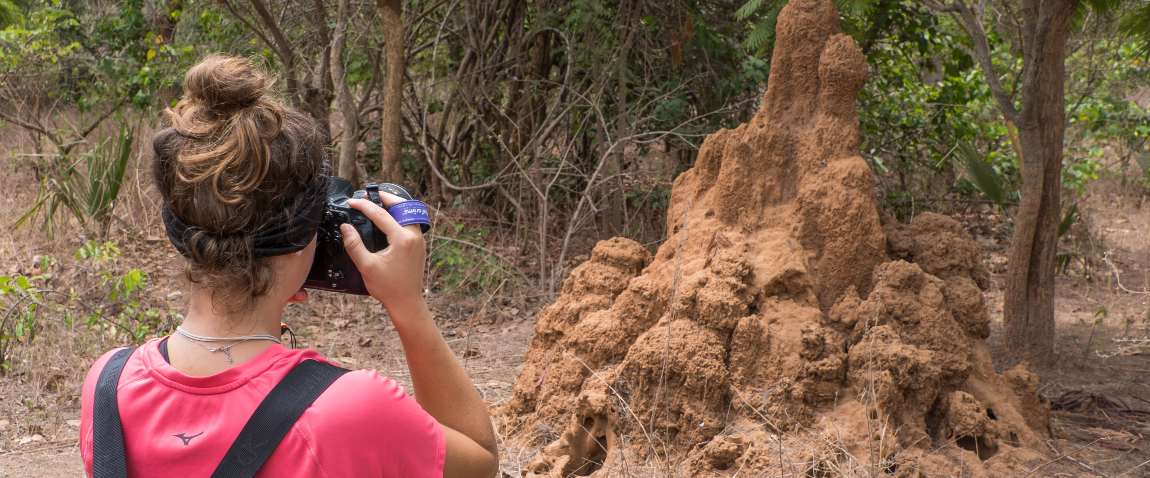
The mangrove swamp, closed-canopy savanna forest, and saltmarsh ecosystems of Bao Bolong are all near to one other and rich in vegetation, mammals, birds, reptiles, amphibians, and invertebrates. The Bao Bolong Wetland Reserve, particularly for bird watchers, attracts a rising number of eco-tourists to The Gambia. The Tendaba Camp offers an African pirogue river excursion, which is the most convenient method to see the area. After leaving the camp, you'll first cross the River Gambia to the opposite bank, then head to the Tunku and Kisi belongs, where you may see a variety of bird species. You might witness West African crocodiles or Nile monitor lizards if you wait long enough.
And last but not least, we are heading to not only one of the most beautiful places in the Gambia to hike. From freshwater marshes to sand spits and brackish lagoons, Niumi National Park contains diverse wetlands and plants. The park's Rhizophora mangrove forest is plentiful, and its swamps and mudflats provide vital bird habitat, with over 200 species found here. A variety of wetland types spanning from coastal to interior wetlands with substantial hydrological significance along the coastal strip of the northern section of the River Gambia. If you are on vacation in the Gambia, you will most likely travel to Niumi National Park from your resort via a tour organized by your tour operator. Independent travelers can take a ferry from Banjul's port to Barra to the natural reserve. Take a local cab from Barra town towards Fass and Senegal, then leave Kanuma into the park.


